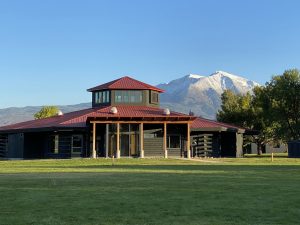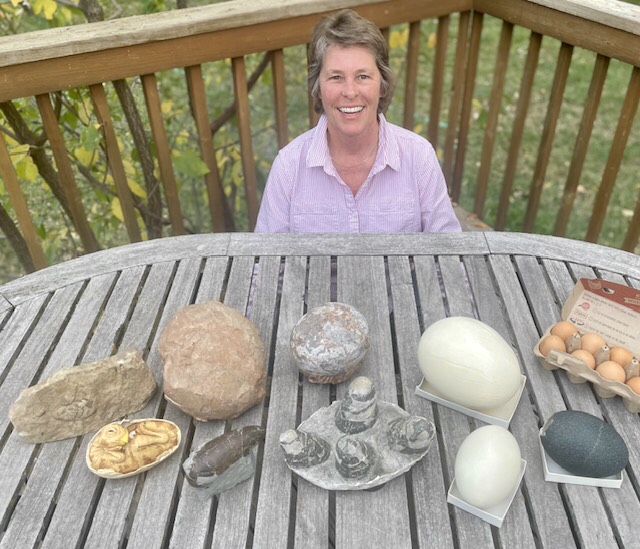Top 10 Gardening Tips
Colorado’s climate with its intense sun, day/ night temperature fluctuations, dry and windy weather can be a challenge to grow in. Here are some tips to get you started.
- Plan your site. If you are planning on where to place your garden, consider the site’s orientation/ exposure to sun and wind as well as the condition of the soil. While most veggies require full-sun, some such as spinach, beets, chard, and cilantro will tolerate some shade. Some vegetables, perennials and annuals would actually would benefit from shade and relief from the hot afternoon sun. Determine where the prevailing winds come from and if you can, site your garden with a windbreak so your plants aren’t constantly thrashed in the spring winds.
- Start with good soil. The organic mantra is “feed the soil, not the plants”. Manage the health of your soil by taking a soil test. The findings will tell you how to treat your soil for the next 3-5 seasons. By using organic methods such as applying compost, cover cropping and crop rotation, you can create excellent results without the use of harmful chemicals. Organic compost is easy to source at your local garden center. Don’t skimp on it- the organic matter will help break up the soil, creating a loose and friable feel and add valuable nutrients in minerals to your soil.
- Choose your plants and varieties wisely. Growing in Colorado is not always easy. Many vegetable, perennial and annual plants are more adapted to growing in our climate. For the CRMS plants sale in May, we focus on growing the plants with a history of successful seasons growing in high country. Many of our perennials we grow are well suited to our intense sun and dry climate. Likewise, we grow several varieties of tomatoes and other vegetables that are bred for mountain climates like ours and are a little more adaptable to our cool seasons.
- Plan your watering system in advance. Choose a system that works for you. If you plan to be away a lot in the summer months, consider an automated system. Drip- type systems like drip-tape, drip-line, or soaker hoses are very efficient. They bring water directly to the root area of the plant where it is needed most. If you are going to use a traditional sprinkler system, remember to water early and later in the day to avoid evaporation losses in the high heat of the day.
- Use mulch. Mulching around your plants keeps moisture in the soil. It also can suppress weeds which will help lower the weeding maintenance of your garden. Material for mulch can be wood chips, bark much, dead leaves, or straw. If you are using fabric or black plastic, be sure to staple it to the ground or bury the edges securely.
- Protect your young plants from frost in early spring and late fall. Before planting out young seedlings, make sure you harden them off to the intense sun and wind by bringing them outdoors during the day and protecting them indoors at night. Also, be prepared for rapidly changing weather conditions in Colorado. Have on had some frost protection blankets, Hot Kaps or other measures to keep your plants warm on chilly nights. Sometimes all you need is just a few degrees increase from the outside temperature.
- Weed Regularly. Get your weeds early in the season when they are young and easier to pull- usually mid-June. Then go back through every few weeks to stay on top of new weed sprouts and get the ones you’ve missed.
- Try succession Plantings. For veggie crops such as salad greens, arugula, spinach, beets, cilantro, dill, you can consider planting in successions throughout the season. This way you can have a continuous supply of fresh greens and herbs. Late August is a great time to plant those quick greens like Asian greens and Arugula and during that time you will not have as much weed and pest pressure in your garden. The cold nights also build up their sugars making them sweeter and more flavorful.
- Consider helping to create habitat for our pollinators and birds. In a time when our pollinators are threatened, it is even more important to create eco-friendly garden spaces with plants that attract and are beneficial to these creatures. For example, perennials such as Echinacea, Salvia, Bee Balm and Penstemon are all beautiful for our gardens as well as provide habitat and food for these creatures.
- Put your garden to sleep in the fall with a quick clean up. Once you’ve pulled out dead debris, give the garden a fresh layer, 2-3 inches, of mulch. Or if you can, plant a quick cover crop such as winter rye which will hold the soil structure and moisture in place, prevent erosion and add nutrients in the spring when it is tilled in. This way come spring, you can do a quick turn of the soil and begin anew.
Learn more about the garden program at Colorado Rocky Mountain School.
Tags from the story
 MYCRMS
MYCRMS





 Virtual Tour
Virtual Tour

